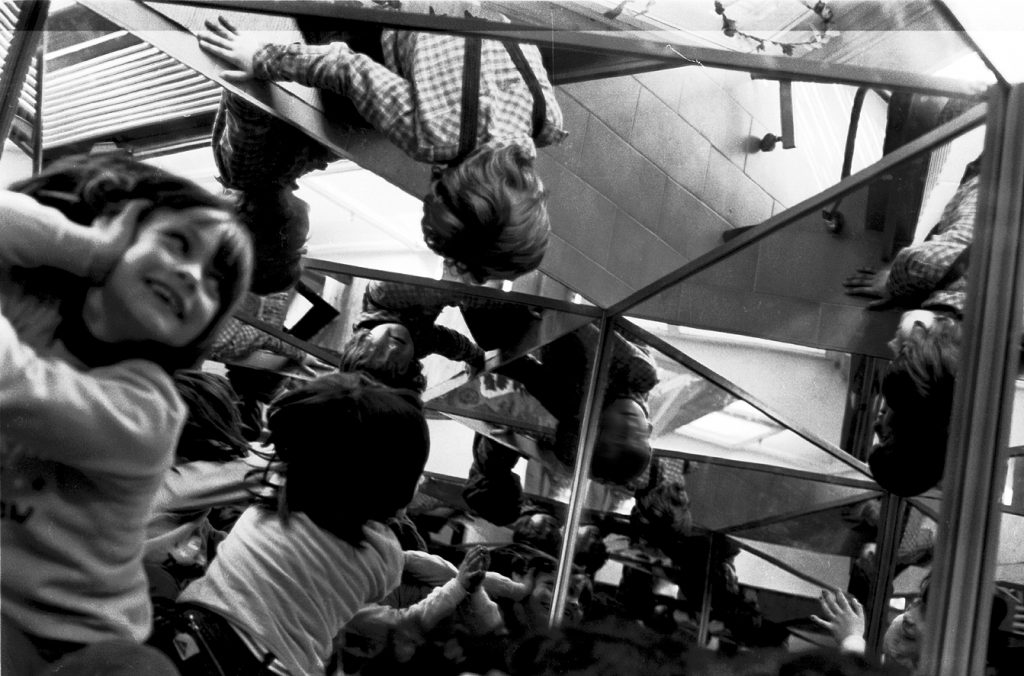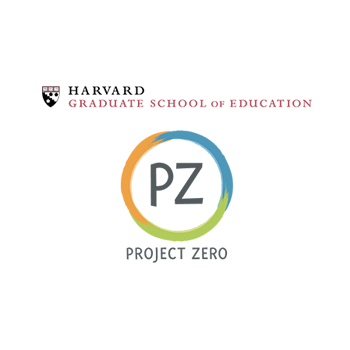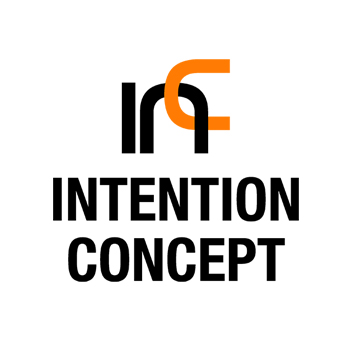Reggio Emilia Approach®
What is the Reggio Emilia Approach®?
The Reggio Emilia Approach® is an innovative approach to early childhood education based on respect for children and the recognition that children are born with full potential and inherent strong competencies and they are full of curiosity. This educational philosophy is built on children’s innate abilities and seeks to help them sense the world intuatively while recognizing their position and role in this world. The philosophy was developed by Italian educator and “Pedagogista” Loris Malaguzzi (1920–1994) in the city of Reggio Emilia, northern Italy, in the post-World War II context. This approach uses self-inquiry learning methods with the firm belief that children are true citizens capable of self-learning through curiosity, inquiry, and discovery; and that teachers are companions, learning together with the child in that self-study process.

After Loris Malaguzzi’s passing in 1994, to meet the exchange needs of educational institutions from all over the world, Reggio Children was founded based on the ideas of Loris Malaguzzi, with the support of the local community. Since then, the approach has rapidly developed in more than 140 countries, including Vietnam, because of its humanistic and innovative values. In Vietnam, Global Embassy is the official representative of Reggio Children.
Some significant values of the Reggio Emilia Approach®
- Image of the Child: Every child has their own competencies and curiosity. They are interested in their surroundings and relationships, can construct their own knowledge and interact with their surroundings.
- Children's relationships and interactions: Education must focus on each child, not on an individual basis, but in relation to their families, other children, the teachers, the environment, the community, and the wider society.
- The role of parents: Parents are an essential part of any educational program. They are active, competent partners in their children's learning.
- The role of the learning environment: The school's environment carries many messages. The physical space at the school must facilitate encounters, dialogues, communication, and relationships.
- Teachers and Children are learning mates: A teacher is not only someone who takes care of the children and teaches them essential skills but also someone who learns with and often from the children.
- Emergent learning curriculum: Teachers set up an environment that stimulates exploration and invites children to participate, discover and learn. Teachers question, listen, observe, and synthesize the children's responses to create relevant learning experiences, not linearly but in a spiral, building new knowledge and skills from existing insights.
- The Power of Pedagogical Documentation: Records are kept of the children's interests and discussions; with images of the children that reflect their thinking and learning processes. Pedagogical documentation helps teachers understand the children and better see the results of their work; supports parents to understand their children's experiences at school and more easily engage with the school; and helps the children realize that they are valued and respected.
- Children's Hundred Languages: "Atelier" and "Atelierista" facilitate children's use of various materials and media to express their thoughts, feelings, and voices - thus using these "hundreds of languages" at their disposal.
- Project-based learning: Project-based learning allows students and teachers to express their perspectives and insights in the learning process together. Knowledge must always go hand in hand with practical learning experiences.
OUR PARTNERS





 contacus.license@emmaison.edu.vn
contacus.license@emmaison.edu.vn 0916801007
0916801007 Tiếng Việt
Tiếng Việt English
English